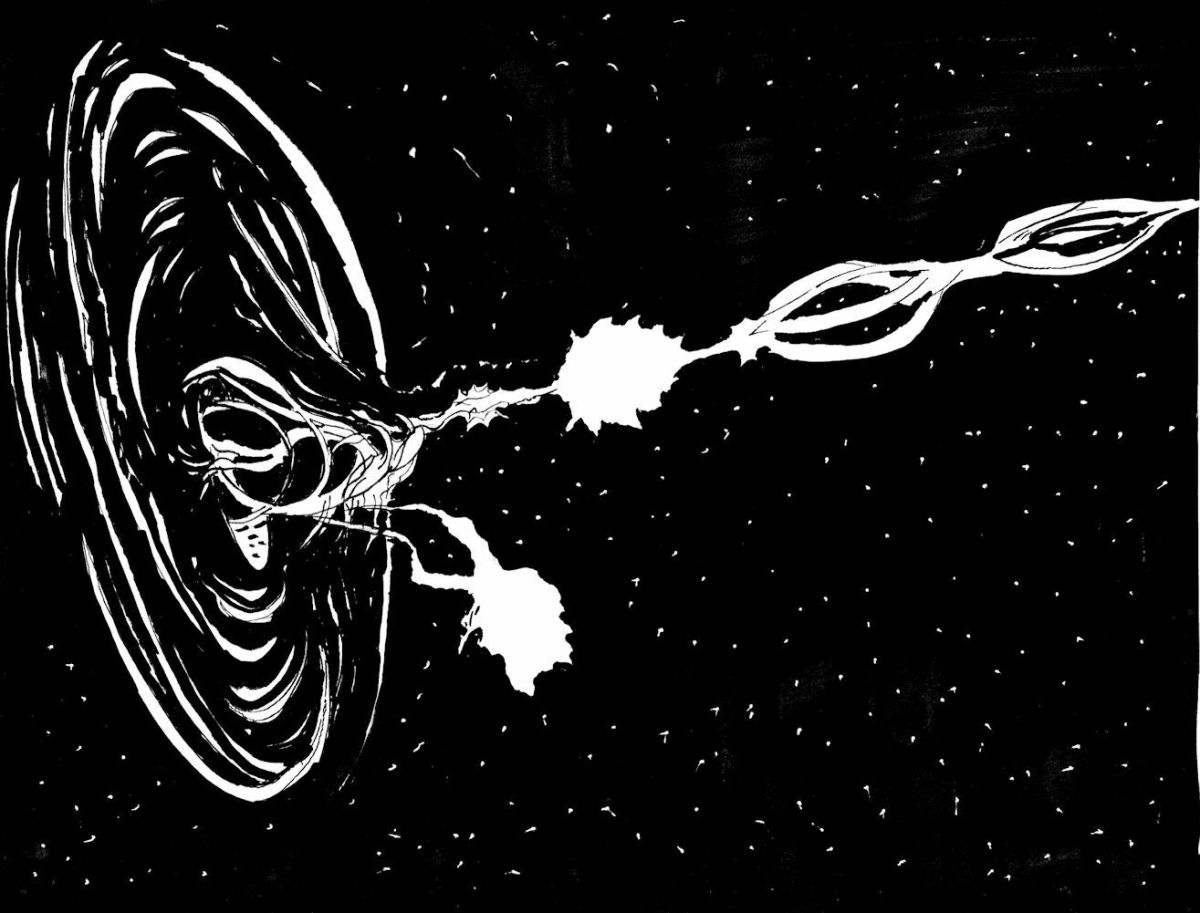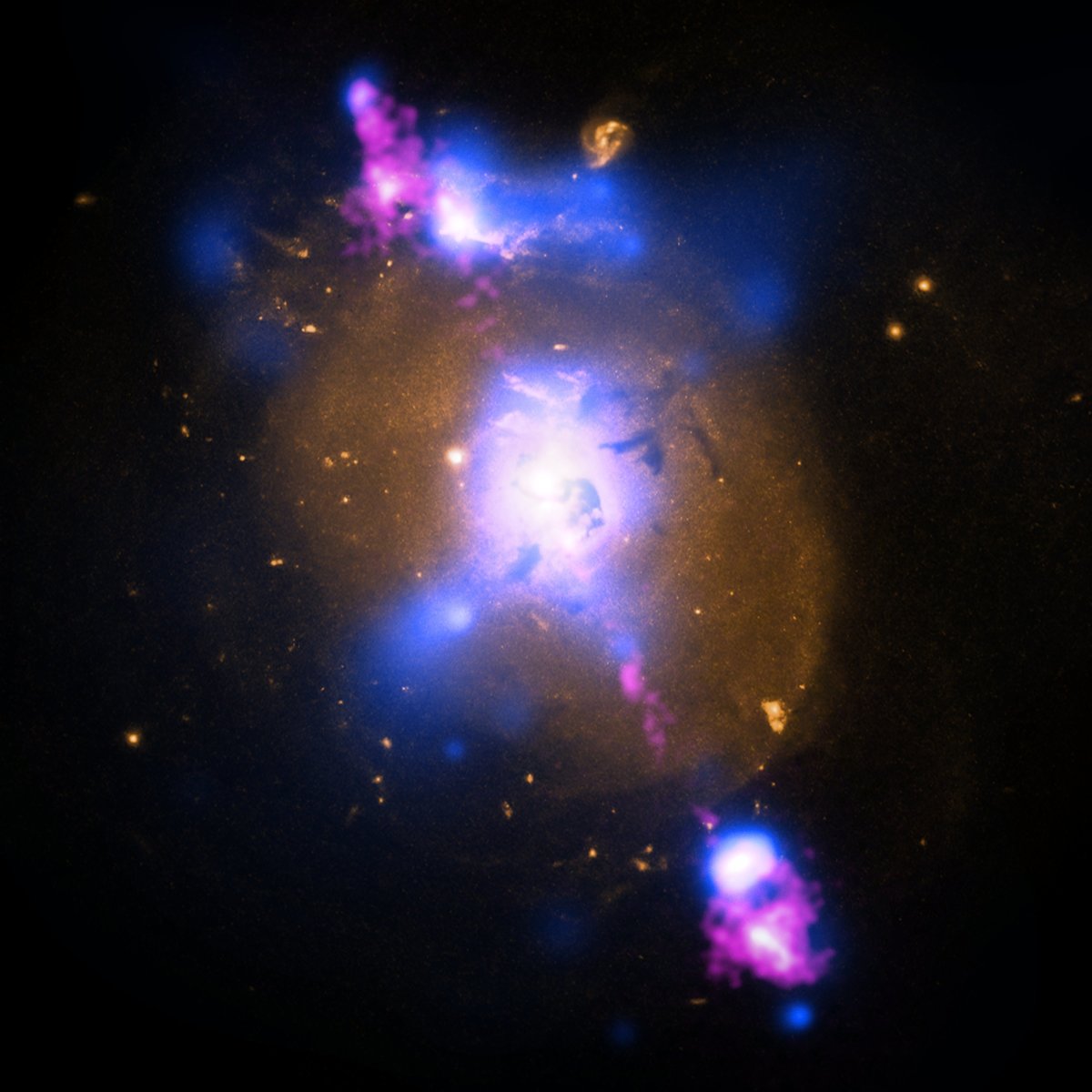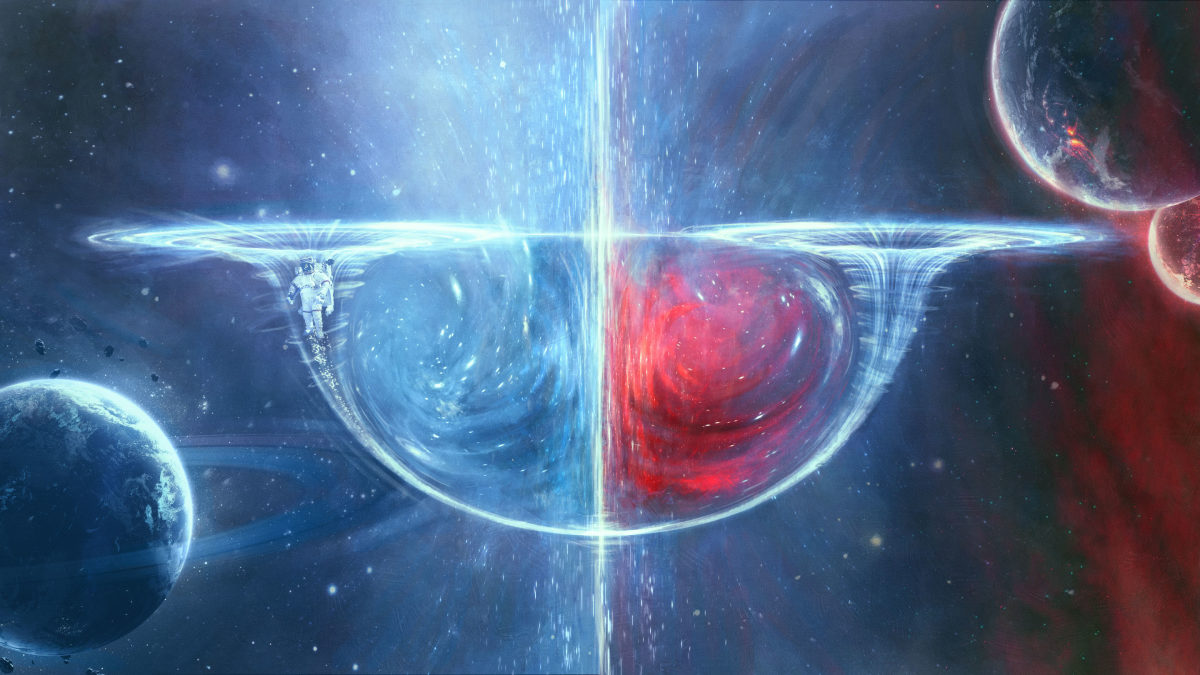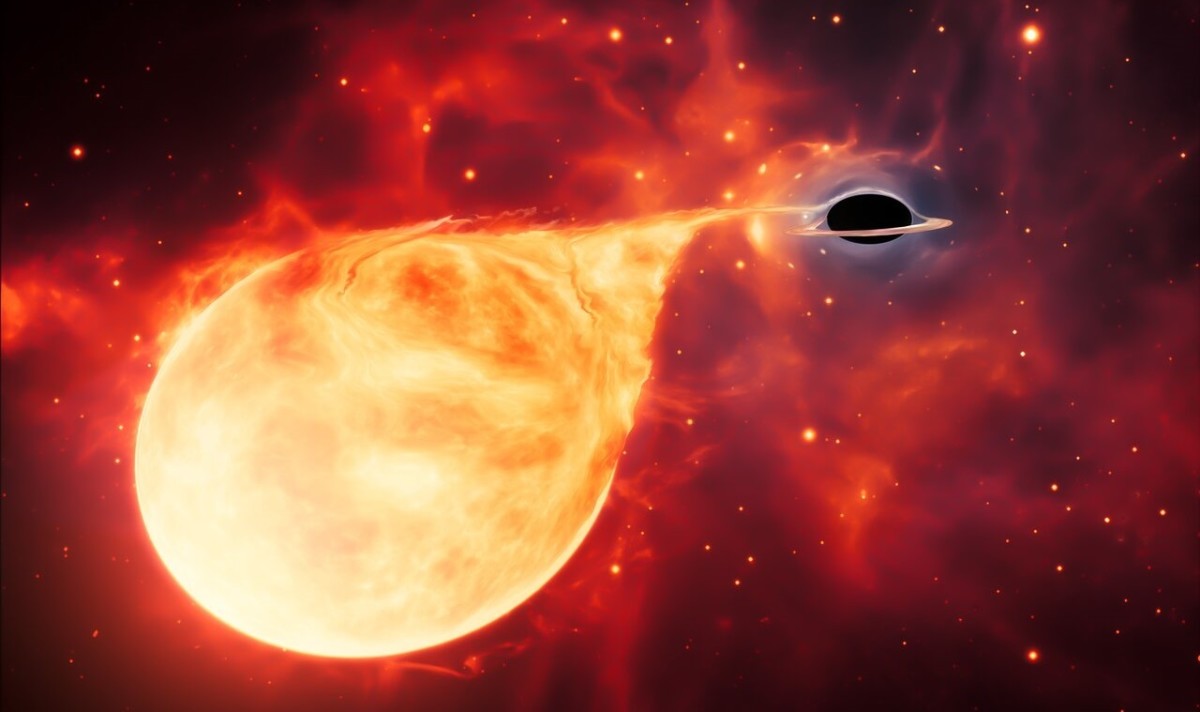Black Hole Explored - Radiowaves and Thermal Properties
Your question - If the gravity in black holes is so intense that even light cannot escape, then how are x‑rays and radiowaves coming out from there?
My answer - X-rays and radiowaves are not actually emitted from the black hole. At the event horizon, i.e., the outermost boundary of the black hole, matter is constantly pulled into the black hole. Atoms break into their constituent neutrons and electrons and and radiation is emitted which apparently seems to be coming from within the blackhole, but is actually due to falling of disintegrated atoms in the blackhole.
It is assumed that even black holes have thermal properties and apart from that, it is said that when any matter is pulled into a black hole, its atomic structure breaks down, thus emitting a lot of radiation, and this happens outside the black hole, i.e., outside the event horizon. But I agree with you in as much as when everything that comes in the vicinity of a black hole gets sucked into it, then how come these radiations do not get sucked when they are emitting out of a gas/matter which is already being sucked into the black hole or is it the remnant of all that gets sucked into the black hole? It is getting really interesting, isn’t it? Read below for the answer of this.
X-rays and radiowave emissions from black holes
The emissions that are apparently coming from a black hole are actually generated from the empty space around the black hole. Empty space is not entirely "empty". If it were empty then the gravitational and electromagnetic fields will have to be absolute zero, which is not the case. It is assumed that the empty space is filled with particle-antiparticle pairs, which constantly combine to annihilate. The difference between antiparticles and particles lies in the energy possessed. As energy cannot be created out of nothing, theoretically these particle/antiparticle pairs will have a total energy value of zero, so in any instant in which both co-exist, one particle will have positive energy and the other will have negative energy. But again, all real particles can have only positive energy, so the particle with negative energy will be a virtual particle and essentially very short-lived. Due to this instability, this virtual particle will tend to combine with its partner and annihilate. However, if this virtual particle, with negative energy, is in the vicinity of a massive body, its apparent energy will decrease further, because energy is required to lift itself from the gravitational pull of the massive body (here, the black hole). Similarly, for a real particle with positive energy close to a black hole, the apparent energy will be lower because of the high gravitational pull of the black hole. This can effect in the energy of the real particle to also become negative. In effect, then any of these particles real/virtual will be overcome by the gravitational pull of the black hole and fall in it. What happens effectively is, if the virtual particle falls in the black hole and has negative energy, so does the real particle falling in the black hole has negative energy. No longer does the virtual particle need to annihilate with its partner, and it will essentially fall into the black hole. But the real particle of this pair, may still have enough positive energy and get deflected away form the black hole causing emissions.
Also, the erstwhile real particle may lose energy and escape as an anti-particle and will appear as coming from within the black hole.
Now about the thermal properties
As the virtual particle falls in the black hole, it can be similar to a real particle with negative energy, and can be deemed as a real particle, because it will no longer tend to annihilate. If the black hole is small, the virtual particle with negative energy has to travel less distance before it becomes a real particle. The more virtual particles falling in the black hole results in more real particles with positive energy being emitted. The more the energy emitted, the more is the apparent temperature of the black hole. Effectively, again since energy can neither be created, nor destroyed. The amount of positive energy that is being emitted will have an amount of negative energy flowing into the black hole.
But we know from E=mc^2 that, if the energy flowing into the black hole is negative, the mass will also become negative, as the mass and energy are proportional. In effect, the more the emission, the more the loss of mass of a black hole, the more the event horizon shrinks; and the smaller it gets, the higher will be the apparent energy emission from the black hole.
So I hope this answers your question now. Any doubts, let me know through the comment section.








